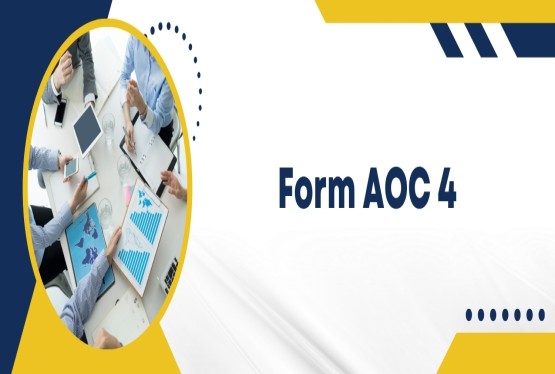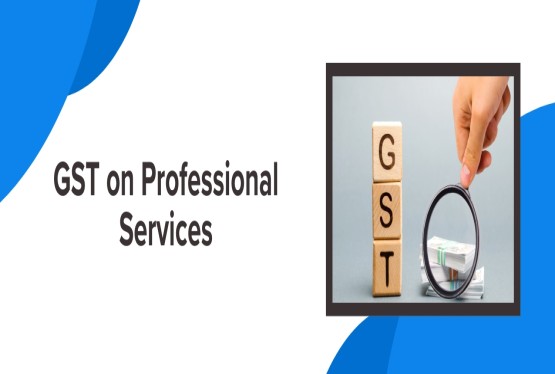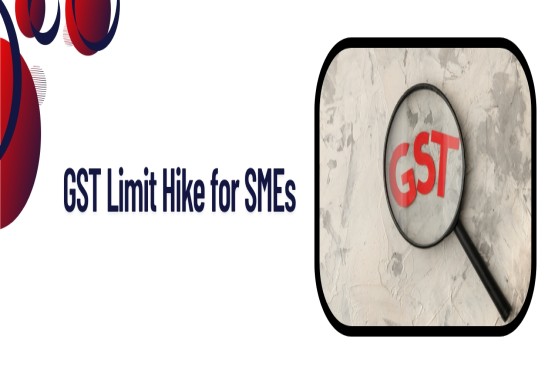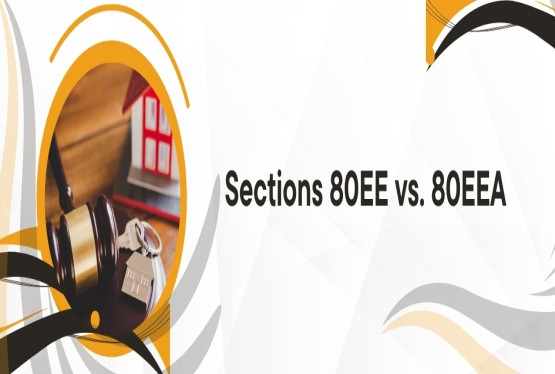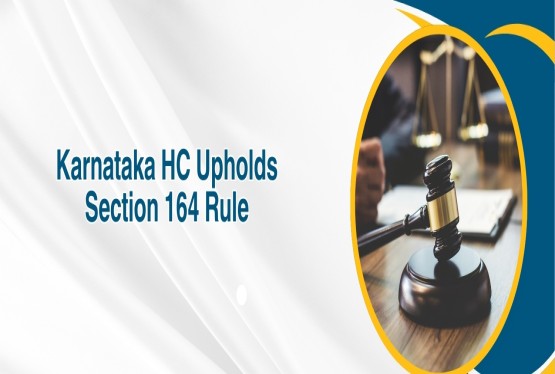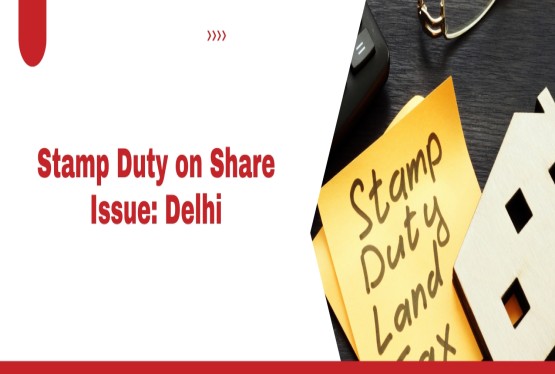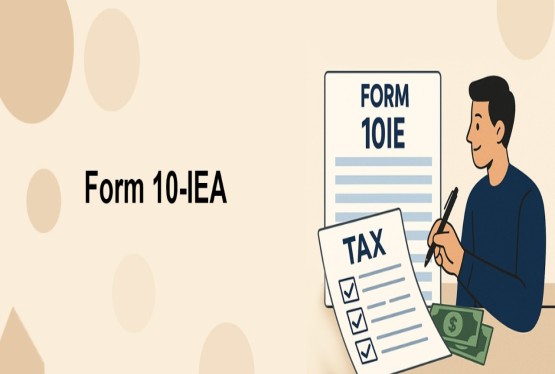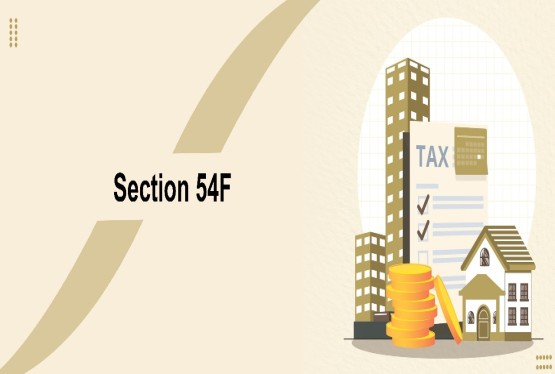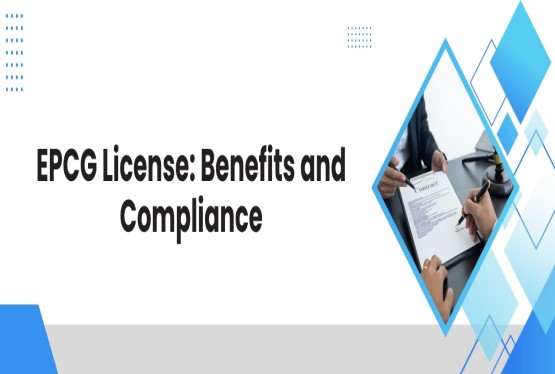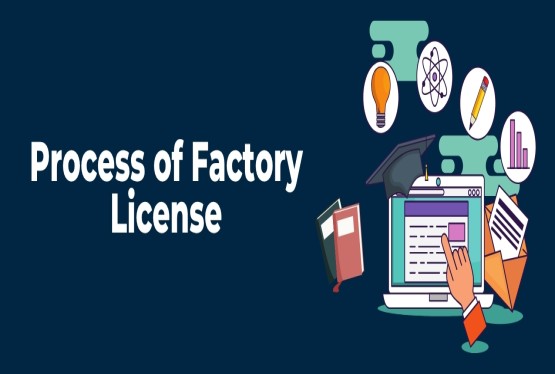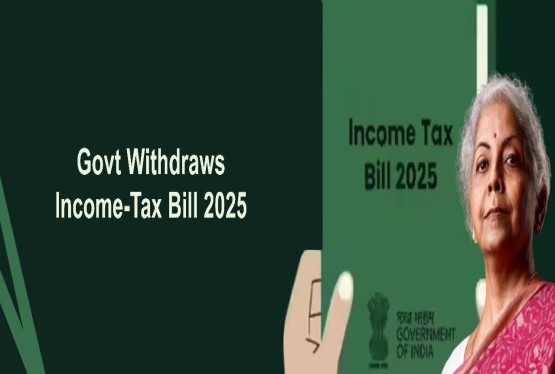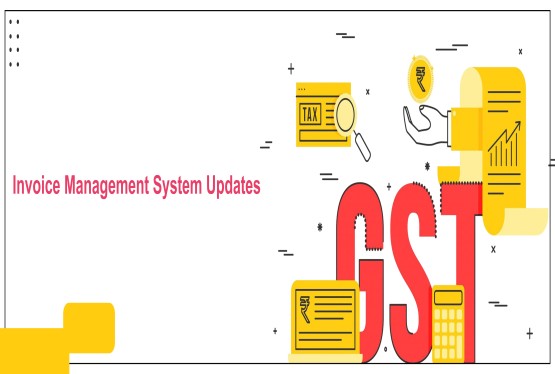The Export Promotion Capital Goods (EPCG) Scheme is a vital support system for Indian exporters, enabling them to import capital goods at zero customs duty to enhance production and service capabilities. To benefit from this scheme, businesses must first obtain an EPCG License from the Directorate General of Foreign Trade (DGFT). This license comes with specific export obligations and requires precise documentation and procedural compliance. Whether you’re a manufacturer or a service provider aiming to reduce machinery costs and boost export potential, the EPCG licensing process is important. From gathering the right documents to filing the application correctly on the DGFT portal, every step plays a key role in securing the license and avoiding penalties. This article explains the complete documentation and procedure required to apply for and manage an EPCG License in India.
What is the EPCG License?
The Export Promotion Capital Goods (EPCG) License is a government-issued authorization that allows Indian businesses to import capital goods at zero or concessional customs duty, provided they commit to fulfilling a prescribed export obligation. Introduced under the Foreign Trade Policy (FTP) and administered by the Directorate General of Foreign Trade (DGFT), the EPCG Scheme aims to facilitate technological upgradation of Indian manufacturers and service providers, making them more competitive in global markets.
Key Features of the EPCG License:
-
Zero Customs Duty on Imports: Importers can bring in capital goods (like machinery, equipment, and software) without paying import duty.
-
Export Obligation (EO): The license holder must export goods/services worth 6 times the duty saved within 6 years from the date of license issuance.
-
Eligible Applicants:
-
Manufacturer exporters
-
Merchant exporters tied with supporting manufacturers
-
Service providers (e.g., hotels, logistics, IT, hospitals)
-
Capital Goods Covered: Plant and machinery, tools, dies, jigs, fixtures, software, packaging machines, and spares (up to 10% of the CG value) that are used for producing exportable goods or services.
-
License Format: Issued electronically as an EPCG Authorization through the DGFT portal.
The EPCG License helps reduce the upfront cost of technology and capital goods, allowing businesses to improve efficiency and fulfill export commitments with greater ease.
Who Can Apply for an EPCG License?
The Export Promotion Capital Goods (EPCG) License is designed to promote exports by allowing the import of capital goods at zero customs duty. To avail of this benefit, the applicant must be engaged in export-oriented activities and be capable of fulfilling the associated export obligation. The following entities are eligible to apply for an EPCG License under the Foreign Trade Policy (FTP):
Manufacturer Exporters
These are businesses that manufacture goods in India and export them directly. They can apply for an EPCG License to import machinery or equipment required for manufacturing export products. The capital goods must be used within their own production facilities.
Example: An auto-parts manufacturing company exporting components to foreign clients can apply for EPCG benefits to import advanced machinery.
Merchant Exporters Tied with Supporting Manufacturers
Merchant exporters are those who trade in exportable goods without necessarily manufacturing them. They are eligible for the EPCG License in collaboration with a supporting manufacturer, who must utilize the imported capital goods for production.
Condition: The supporting manufacturer must be clearly mentioned in the application, and the export obligation must be fulfilled jointly.
Example: A textile merchant exporter can obtain an EPCG License in association with a weaving unit that will use the machinery.
Service Providers Recognized as Exporters
Entities that provide exportable services can also avail of the EPCG Scheme. The capital goods imported must be used in delivering such services to foreign clients.
Eligible service providers include:
-
Hotels and restaurants catering to foreign tourists
-
Tour operators
-
IT and ITES companies (e.g., software development, BPOs)
-
Logistics and transport companies handling international cargo
-
Educational institutions catering to international students
-
Healthcare providers treating foreign patients
Example: A hotel chain that frequently serves international guests can use the EPCG License to import kitchen or hospitality equipment.
Common Service Providers (CSPs)
CSPs are entities that provide shared facilities or infrastructure to multiple users engaged in exports. If the users are able to fulfill the export obligation, CSPs can also apply for an EPCG License.
Example: A tool room offering die-making services to various exporters can import machines under the EPCG Scheme.
Capital Goods Allowed Under EPCG
Under the Export Promotion Capital Goods (EPCG) Scheme, capital goods are defined as machinery, equipment, or accessories used directly or indirectly in the manufacture of goods or rendering of services for export. The EPCG License allows eligible exporters to import such capital goods at zero customs duty, subject to fulfilling the prescribed export obligation.
Definition of Capital Goods (As per FTP)
According to the Foreign Trade Policy (FTP), capital goods include:
“Any plant, machinery, equipment or accessories required for manufacture or production, either directly or indirectly, of goods or for rendering services, including those required for replacement, modernization, technological upgradation or expansion.”
Capital goods may be:
-
New or second-hand (subject to conditions),
-
Indigenously procured or imported, and
-
Used in manufacturing or service units meant for export.
Types of Capital Goods Allowed Under EPCG:
1. Plant and Machinery: Industrial machines required for the production or processing of export goods.
Examples: CNC machines, Injection moulding machines, Textile looms and knitting machines, Food processing equipment, Hydraulic presses, etc.
2. Equipment and Apparatus: Used for operations, maintenance, or service delivery in export-linked sectors.
Examples: Medical imaging devices in hospitals serving international patients, Cold storage and freezing units, Survey and testing tools, Drilling and boring machines, etc.
3. Packaging Machinery: Used for preparing products for export in a presentable and compliant format.
Examples: Vacuum packaging machines, Pouch filling and sealing machines, Bottling and labeling equipment, Wrapping and cartooning systems, etc.
4. Testing and Quality Control Equipment: Machines that ensure the export products meet quality, health, and safety standards.
Examples: Laboratory testing machines, X-ray or ultrasonic inspection tools, Tensile strength testers, Water and air quality analyzers, etc.
5. Computer Systems and Software: Essential for IT/ITES exporters and digital service providers.
Examples: Servers, data storage systems, Licensed design or engineering software (CAD, ERP, CRM), Workstations for software development, Audio-visual equipment for e-learning exports, etc.
6. Tools, Dies, Jigs, Moulds, and Fixtures: Used in manufacturing lines to maintain precision and design consistency.
Examples: Injection moulds for plastic components, Press dies for metal parts, Cutting jigs and fixtures, Moulds for ceramic or rubber exports, etc.
7. Spares and Accessories: Up to 10% of the value of the capital goods can be imported as essential spares.
Examples: Filters, valves, or belts for machines, Control panels, Spare circuit boards, etc.
Conditions for Allowed Capital Goods
-
Must be linked to export activity (production or services).
-
Installed at the applicant’s premises, unless permission is taken for job-worker premises.
-
Second-hand capital goods allowed only without depreciation.
-
HS Code must be correctly mentioned in the EPCG application.
-
Capital goods cannot be transferred/sold before export obligation is completed.
Capital Goods Not Allowed Under EPCG
-
Office furniture and fixtures
-
Raw materials and consumables
-
Vehicles for general transport
-
Goods meant for resale or personal use
-
Used machinery with wear and tear (without valid certificate)
Documents Required for EPCG License
To benefits under the Export Promotion Capital Goods (EPCG) Scheme, eligible exporters must apply for an EPCG License (also called EPCG Authorization) through the Directorate General of Foreign Trade (DGFT). The application must be supported with valid and complete documentation to establish the business’s eligibility and ensure smooth processing.
Here is a detailed explanation of the documents required to apply for an EPCG License in India:
Import Export Code (IEC)
The Import Export Code (IEC) is a 10-digit registration number issued by the DGFT, mandatory for any business engaged in import or export activities in India. It serves as the primary identification for cross-border trade transactions.
Digital Signature Certificate (DSC)
A Digital Signature Certificate (DSC) is an encrypted digital key used to electronically sign documents submitted on the DGFT portal. It ensures authenticity, security, and legal validity of online applications, including those for EPCG License. Class 3 Digital Signature is mandatory for authorized signatories of export-import businesses.
RCMC (Registration-Cum-Membership Certificate)
The Registration-Cum-Membership Certificate (RCMC) is issued by Export Promotion Councils (EPCs) or Commodity Boards in India. It certifies that an exporter is registered with the relevant council and is eligible to avail benefits under Foreign Trade Policy, including schemes like EPCG. RCMC Registration is mandatory for EPCG License application.
GST Registration Certificate
The GST Registration Certificate is an official document issued by the Goods and Services Tax (GST) Department, confirming a business’s registration under GST laws in India. It serves as proof of the business's operational address and tax identity and is mandatory for applying for an EPCG License.
PAN Card of the Applicant Entity
The PAN (Permanent Account Number) Card of the applicant entity is a unique 10-digit alphanumeric identifier issued by the Income Tax Department. It serves as proof of the business's legal identity and is mandatory for all tax-related and DGFT transactions, including the application for an EPCG License.
Proforma Invoice / Purchase Order of Capital Goods
The Proforma Invoice or Purchase Order of capital goods is a crucial document issued by the foreign supplier, detailing the machinery or equipment intended for import under the EPCG Scheme. It must include the product description, quantity, CIF value, HS Code, supplier details, and country of origin for DGFT approval.
Udyam/MSME Registration Certificate (if applicable)
The Udyam or MSME Registration Certificate is issued by the Ministry of Micro, Small and Medium Enterprises to businesses classified as MSMEs. If applicable, it supports EPCG License applications by identifying the applicant as an MSME, which may help avail certain benefits or exemptions under the Foreign Trade Policy.
Export Obligation Projection and Past Performance
Export Obligation Projection and Past Performance includes past export data and future export estimates, demonstrating the applicant’s ability to meet the EPCG requirement of exporting six times the duty saved within six years. It supports eligibility for obtaining the EPCG License.
Chartered Accountant (CA) Certificate (Optional but Recommended)
A Chartered Accountant (CA) Certificate, though optional, is recommended to validate the applicant’s financial strength and past export turnover. It enhances the credibility of the EPCG application by certifying the firm’s capacity to fulfill the required export obligation.
Board Resolution or Power of Attorney (PoA)
A Board Resolution or Power of Attorney (PoA) authorizes a specific individual to act on behalf of the company for filing the EPCG License application. It confirms the signatory’s legal authority to submit documents and make declarations to the DGFT.
Factory/Business Premises Address Proof
Factory or business premises address proof confirms the location where the imported capital goods will be installed and used. Acceptable documents include a factory license, electricity bill, rent agreement, or property ownership proof, matching the address mentioned in the EPCG application.
Appendices and Application Forms
Appendices and Application Forms, including ANF 5A and Appendix 5B, are essential parts of the EPCG License application. They capture details of the applicant, capital goods, and export obligation and must be correctly filled, signed, and submitted via the DGFT portal.
Chartered Engineer Certificate (Recommended)
A Chartered Engineer Certificate is a technical document issued by a certified engineer, verifying the specifications, utility, and suitability of the capital goods to be imported under the EPCG Scheme. Though not mandatory, it is recommended to support the application with professional validation and ensure smooth DGFT processing.
Procedure to Apply for EPCG License
Applying for an Export Promotion Capital Goods (EPCG) License is a structured process governed by the Directorate General of Foreign Trade (DGFT) under the Foreign Trade Policy (FTP). The application is filed online via the DGFT portal and requires careful attention to detail, including proper documentation and digital submission.
Below is a step-by-step explanation of the procedure to apply for an EPCG License in India:
Step 1: Register on the DGFT Portal
To apply for an EPCG License, the applicant must first register on the DGFT portal at http://www.dgft.gov.in using their IEC, PAN, and business details. After registration, the applicant must link a valid Class III Digital Signature Certificate (DSC) to digitally sign and submit the application online.
Step 2: Prepare the Required Documents
Before starting the application, gather all necessary documents such as:
-
IEC Certificate
-
RCMC (Registration-Cum-Membership Certificate)
-
GST Certificate
-
PAN Card
-
Proforma Invoice of Capital Goods
-
MSME/Udyam Registration (if applicable)
-
Board Resolution/PoA
-
Export obligation details
-
Appendices ANF 5A and Appendix 5B
-
Optional: Chartered Engineer Certificate and CA Certificate
Ensure all documents are scanned in clear PDF format and are self-attested.
Step 3: Access ANF 5A – Application Form for EPCG License
After logging into the DGFT portal, the applicant must access and fill ANF 5A, the official application form for the EPCG License. This form captures details such as applicant information, capital goods to be imported, supplier details, CIF value, HS Code, and proposed export obligation under the EPCG Scheme.
Step 4: Fill in Export Obligation and Supporting Details
The applicant must declare the Export Obligation (EO), which is six times the duty saved on imported capital goods. Details of export products or services, their FOB value, and corresponding HS or service codes must be provided. Supporting data on past exports and projected turnover is also required.
Step 5: Upload Supporting Documents
In this step, the applicant must upload all required supporting documents in PDF format on the DGFT portal. These include IEC, PAN, GST, RCMC, Proforma Invoice, and others. Documents must be clear, self-attested, and correctly labeled to avoid delays or deficiency letters in the EPCG License approval process.
Step 6: Pay the Government Fee
-
The fee is calculated based on the CIF (Cost, Insurance, and Freight) value of the capital goods to be imported.
-
Make the payment through the DGFT’s online payment gateway using net banking or debit/credit cards.
Step 7: Digitally Sign and Submit the Application
After completing the form and uploading all documents, the applicant must digitally sign the EPCG application using a Class III Digital Signature Certificate (DSC) registered on the DGFT portal. Once signed, the application is submitted online, and a file number is generated for tracking and further communication with DGFT.
Step 8: DGFT Review and Issuance of EPCG License
Once submitted, the DGFT Regional Authority reviews the application and documents. If any discrepancies are found, a deficiency letter is issued. Upon successful verification, the DGFT grants the EPCG License electronically. The applicant can download the authorization from the portal and proceed with customs registration for duty-free imports.
Step 9: Register EPCG License at the Port of Import
After receiving the EPCG License, the applicant must register it with the Customs Department at the designated port of import. This involves submitting the license copy, a bond, and a bank guarantee (if required) to avail duty-free clearance of capital goods.
Step 10: Import and Installation of Capital Goods
After customs registration, the capital goods can be imported duty-free under the EPCG License. The imported machinery must be installed at the declared premises, and an installation certificate must be submitted to DGFT within six months, issued by a Chartered Engineer or Jurisdictional GST Officer.
Post-Licensing Obligations under EPCG License
After receiving the EPCG License and importing capital goods, exporters must fulfill certain ongoing responsibilities to remain compliant with the EPCG Scheme. These post-licensing obligations ensure that the benefits of duty exemption are utilized for genuine export promotion. Below is a detailed breakdown of each obligation in paragraph format with sub-pointers:
Export Obligation Fulfillment
After importing capital goods under the EPCG Scheme, the exporter must fulfill an export obligation equal to six times the duty saved. This obligation must be completed within six years. The exports must be of products or services generated using the imported goods, and failure leads to duty repayment with interest.
Filing of Annual Return (ANF 5B)
The license holder must file an annual return in Form ANF 5B with DGFT by 30th April each year. It includes details of exports, shipping bills, and e-BRCs. Timely filing ensures compliance tracking. Non-filing can lead to penalties or loss of further DGFT scheme benefits until returns are submitted.
Installation Certificate Submission
Imported capital goods must be installed at the declared location within six months from import. The Installation Certificate, issued by a Jurisdictional GST Officer or Chartered Engineer, must be submitted to DGFT. This certificate confirms the location and operational status of machinery and is essential for validating post-import compliance.
Maintenance of Records and Documentation
The license holder must maintain accurate records of all EPCG-related transactions, including import bills, shipping bills, e-BRCs, machinery invoices, and usage logs. These records should be retained until the Export Obligation is discharged and may be audited by DGFT or Customs. Proper documentation supports a smooth EODC process.
Restriction on Transfer or Sale of Capital Goods
Capital goods imported under EPCG must not be sold, transferred, leased, or shifted without DGFT’s prior approval. They must be used exclusively at the declared premises for export-related activities. Any unauthorized transfer or misuse is treated as a violation, leading to cancellation of license and recovery of saved duties.
Apply for Export Obligation Discharge Certificate (EODC)
Once the export obligation is fulfilled, the license holder must apply for the EODC from DGFT. The application must include ANF 5B, shipping bills, e-BRCs, and the Installation Certificate. The EODC legally confirms compliance, formally closes the EPCG License, and protects the exporter from future liabilities under the scheme.
Consequences of Non-Compliance
If the export obligation is not met within six years, the license holder must repay the entire customs duty saved along with interest and penalties. DGFT may also impose additional legal actions under the Foreign Trade Act, and the exporter may lose eligibility for future DGFT scheme benefits.
Export Obligation Under EPCG License
Under the EPCG Scheme, the license holder must export goods or services worth six times the customs duty saved on imported capital goods within six years of license issuance. This is known as the Export Obligation (EO).
There are two types:
-
Specific EO: Linked to the imported machinery.
-
Average EO: Maintain past average exports (if applicable).
To fulfill EO, the exporter must submit shipping bills, e-BRCs, and other documents, and file annual returns (ANF 5B). After completion, apply for an EODC from DGFT.
Non-compliance leads to repayment of duty saved, interest, and penalties. Timely fulfillment ensures benefits are retained under the scheme.
Key Takeaway
The EPCG License offers exporters a chance to import capital goods without paying customs duty, helping them lower costs and improve output. To use this benefit, businesses must follow a clear process starting with DGFT portal registration and submitting documents like IEC, RCMC, GST certificate, and Proforma Invoice. The application must be filled properly, and all documents should be uploaded in the correct format. After getting the license, exporters must complete the required export obligation within six years and file yearly updates. If they miss these steps, they may need to pay back the saved duty with interest and face penalties. Following each step carefully and keeping proper records helps avoid delays or issues. Getting support from professionals can also make the process easier and help exporters make the most of the EPCG Scheme.
Frequently Asked Questions (FAQs)
Q1. What is an EPCG License?
Ans. An EPCG (Export Promotion Capital Goods) License is issued by the DGFT and allows exporters to import capital goods at zero customs duty, provided they fulfill an export obligation of six times the duty saved within six years.
Q2. Who can apply for an EPCG License?
Ans. Manufacturer exporters, merchant exporters tied with supporting manufacturers, and service providers such as hotels, IT firms, hospitals, and logistics companies can apply for an EPCG License if they are engaged in export-related activities.
Q3. What are the key documents required for applying for an EPCG License?
Ans. Important documents include:
-
Importer Exporter Code (IEC)
-
PAN Card
-
GST Registration Certificate
-
RCMC (Registration-Cum-Membership Certificate)
-
Proforma Invoice of capital goods
-
Board Resolution or Power of Attorney
-
Udyam/MSME Certificate (if applicable)
-
Appendices ANF 5A and Appendix 5B
Q4. Where do I apply for an EPCG License?
Ans. You must apply online through the official DGFT portal: https://www.dgft.gov.in. The application is filed using Form ANF 5A and requires uploading all necessary documents.
Q5. Is a Digital Signature Certificate (DSC) mandatory for filing the application?
Ans. Yes, a valid Class III Digital Signature Certificate (DSC) is mandatory for digitally signing and submitting the EPCG application on the DGFT portal.
Q6. What is a Proforma Invoice, and why is it needed?
Ans. A Proforma Invoice is a quotation issued by the foreign supplier detailing the capital goods to be imported. It includes product specifications, quantity, CIF value, HS Code, and supplier details. It helps DGFT verify the nature and value of the machinery.
Q7. What is the Export Obligation under the EPCG Scheme?
Ans. The export obligation requires the exporter to export goods or services worth six times the customs duty saved on the imported capital goods, to be fulfilled within six years from the date of license issuance.
Q8. What is the process after the EPCG License is issued?
Ans. After the license is issued:
-
Register it at the customs port of import
-
Import and install the capital goods
-
Submit the Installation Certificate
-
Start fulfilling the export obligation
-
File annual returns using ANF 5B until the EO is completed
Q9. What happens if the export obligation is not fulfilled?
Ans. If the export obligation is not met within six years, the exporter must pay the full customs duty saved, along with applicable interest. Penalties may also be levied under the Foreign Trade Act.
Q10. Can I get help in filing the EPCG application?
Ans. Yes, you can seek assistance from DGFT consultants, Chartered Accountants, or export professionals who are experienced in EPCG documentation and procedures to ensure timely and error-free application and compliance.

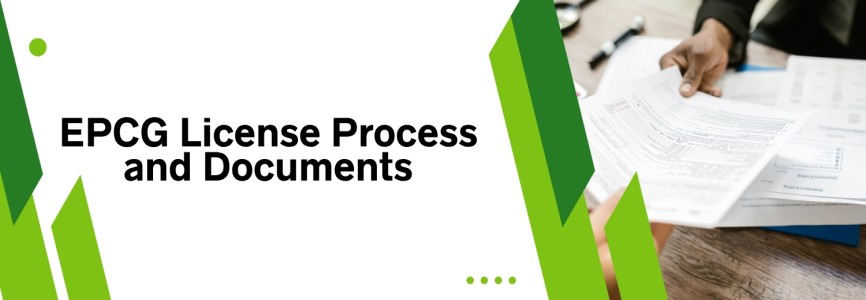






_crop10_thumb.jpg)




































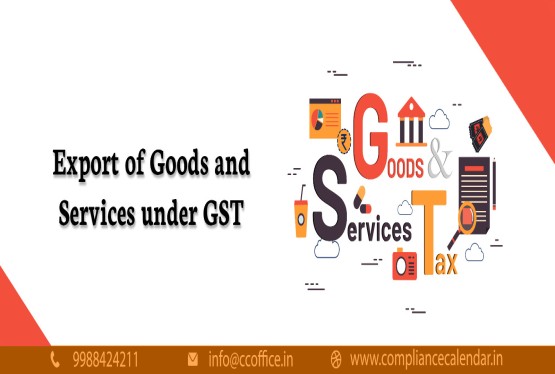













































_for_FY_2025-26_crop10_thumb.jpg)



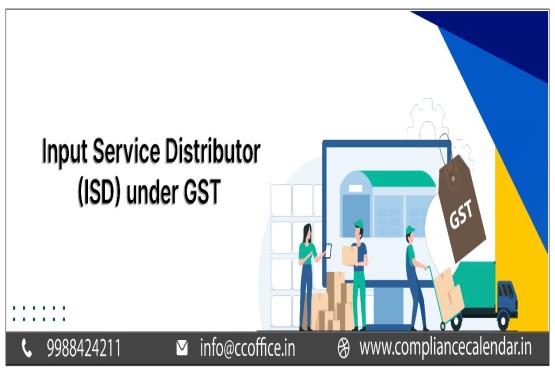








_learn_crop10_thumb.jpg)








_Filing_Due_Dates_for_FY_2024-25_learn_crop10_thumb.jpeg)
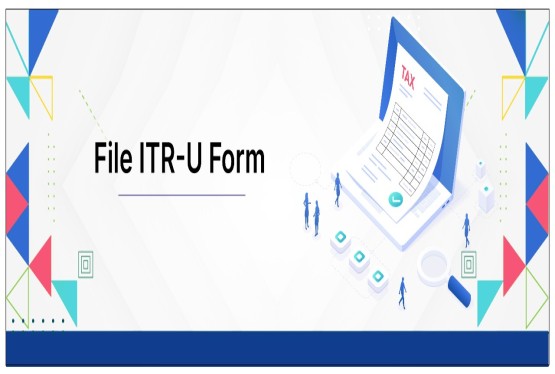
























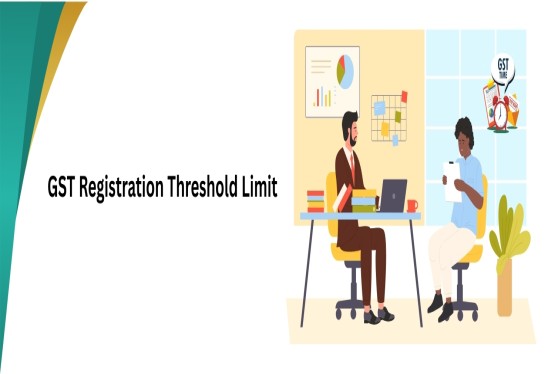
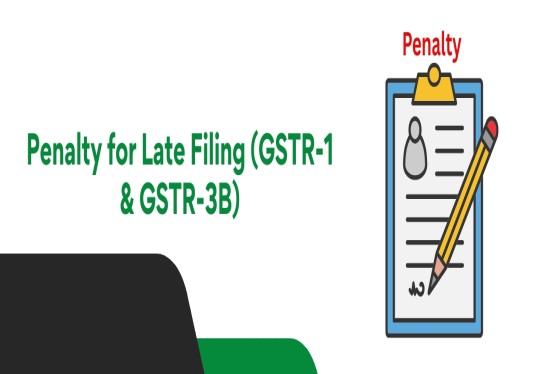












_of_GST_Act_learn_crop10_thumb.jpg)










_Under_GST_learn_crop10_thumb.jpg)









_crop10_thumb.jpg)


_crop10_thumb.jpg)






_learn_crop10_thumb.jpg)






















_of_the_Income_Tax_Act_learn_crop10_thumb.jpg)



_learn_crop10_thumb.jpg)






_learn_crop10_thumb.jpg)






_crop10_thumb.jpg)




















_in_The_Income_Tax_Act,_1961_learn_crop10_thumb.jpg)



_learn_crop10_thumb.jpg)



_of_the_Income_Tax_Act_learn_crop10_thumb.jpg)

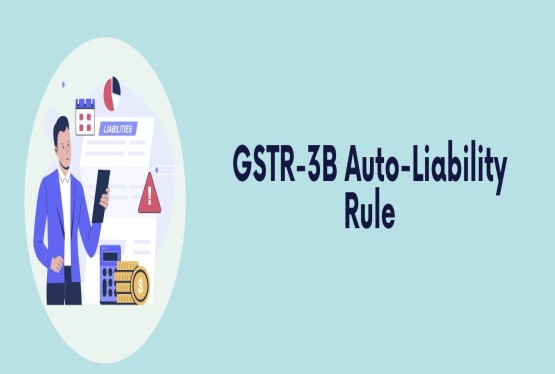
_Of_Income_Tax_Act_learn_crop10_thumb.jpg)








_learn_crop10_thumb.jpg)








_learn_crop10_thumb.jpg)
_crop10_thumb.jpg)






















_learn_crop10_thumb.jpg)
_for_Import_and_Export_learn_crop10_thumb.jpg)









